If you want to understand the technology behind your electric vehicle, it all starts with the battery. By grasping how your EV battery functions, you can make informed decisions about maintenance, charging habits, and overall vehicle care. This knowledge will help you ensure optimal performance and longevity for your EV, making it a reliable choice for the road ahead.
What Happens Inside an EV Battery?
An EV battery operates by converting chemical energy into electrical energy. The battery is made up of cells, each containing an anode (negative), a cathode (positive), an electrolyte, and a separator.
-
Anode and Cathode: The anode, usually graphite, stores lithium ions, while the cathode, made from metal oxides, releases energy.
-
Electrolyte and Separator: The electrolyte allows lithium ions to move between the anode and cathode, while the separator keeps them apart to prevent short circuits.
During discharge, lithium ions move from the anode to the cathode through the electrolyte, creating an electrical current that powers the EV. When charging, this process is reversed, recharging the battery for future use.
The Role of Battery Chemistry in Performance
Battery chemistry is a key factor in how an electric vehicle performs. It influences how much energy the battery can store, how long it lasts, how quickly it can charge, and how safe it is to use.

-
Energy Density: Lithium-ion batteries, the most common in EVs, are known for their high energy density, which allows them to store a lot of energy in a compact space. Within this category, you have different types like NMC (Nickel Manganese Cobalt) and LFP (Lithium Iron Phosphate). NMC batteries pack more energy, giving you a longer range, while LFP batteries are known for being safer and longer-lasting, even if they don't hold quite as much energy.
-
Longevity and Stability: LFP batteries are champions when it comes to durability. They can handle more charge cycles before they start to wear out, making them a solid choice for those who plan to keep their EV for the long haul. NMC batteries, though offering more range, might not last as long, especially if subjected to frequent fast charging, which can stress the battery over time.
-
Charging Speed: Charging speed is another area where battery chemistry makes a difference. NMC batteries generally allow for faster charging, which is great when you're in a hurry. However, faster charging can generate more heat, and managing this heat is crucial to maintaining battery health.
-
Safety: Safety is always a concern with batteries, and LFP batteries are typically safer due to their better thermal stability. They are less likely to overheat, which reduces the risk of fire. NMC batteries, while efficient, require careful temperature management to ensure they remain safe under all conditions.
Battery chemistry isn’t just a technical detail; it shapes how your EV drives, charges, and holds up over time.
Charging Cycles and Battery Life: What You Need to Know
The way you charge your EV battery has a significant impact on its lifespan and overall performance. Each time you charge and discharge the battery, it goes through a cycle, and the number of these cycles over the battery's life affects how long it will last.
-
Understanding Charging Cycles: A charging cycle is defined as the process of using up all the energy in your battery and then recharging it back to full. However, this doesn’t have to happen all at once. For example, if you use 50% of your battery one day, recharge it to 100%, and then use 50% again the next day, that counts as one full cycle. Over time, as the battery undergoes more cycles, it will gradually lose capacity, meaning it won’t hold as much charge as it did when it was new.
-
Impact on Battery Life: The more cycles a battery goes through, the more its capacity degrades. This is a natural part of battery aging. Typically, after a certain number of cycles, an EV battery’s capacity will drop to around 70-80% of its original capacity. While this still allows the vehicle to function, it reduces the driving range, which can be noticeable over time.
-
Charging Habits Matter: How you charge your EV can also influence its lifespan. Fast charging is convenient, but it generates more heat, which can accelerate battery degradation if done too frequently. To preserve battery health, it’s recommended to use slower charging methods, like overnight charging, whenever possible. Additionally, keeping your battery charge between 20% and 80% can help extend its life, as fully depleting or fully charging the battery puts more strain on it.
-
Environmental Factors: Temperature plays a big role in battery life. Extreme heat can cause the battery to degrade faster, while very cold temperatures can temporarily reduce its capacity. Many EVs are equipped with thermal management systems to help maintain optimal battery temperatures, but it’s still wise to avoid exposing your vehicle to extreme conditions when possible.
By understanding how charging cycles work and adopting smart charging habits, you can help maximize your EV battery’s life and maintain its performance for as long as possible.
Related reading: Is Fast Charging Bad for EV Batteries?
Regenerative Braking: How Your EV Recharges on the Go
Regenerative braking is one of the standout features of electric vehicles (EVs), allowing them to recover energy that would otherwise be lost during braking. This technology not only improves the efficiency of your vehicle but also extends its driving range by recharging the battery as you drive.
How Regenerative Braking Works
When you press the brake pedal in a traditional gasoline-powered car, the brakes use friction to slow the vehicle down, converting kinetic energy (the energy of motion) into heat. This heat is then dissipated, and the energy is essentially wasted. In an EV, however, the process is much more efficient.

Regenerative braking reverses the function of the electric motor when you brake or decelerate. Instead of consuming electricity to generate motion, the motor acts as a generator. As you slow down, the kinetic energy that would normally be lost is captured and converted back into electrical energy. This energy is then fed back into the battery, effectively recharging it while you drive.
Benefits of Regenerative Braking
-
Energy Efficiency: One of the primary benefits of regenerative braking is increased energy efficiency. By recapturing energy that would otherwise be wasted, EVs can extend their driving range, which is particularly useful in stop-and-go traffic where frequent braking occurs.
-
Reduced Wear on Brakes: Since regenerative braking uses the motor to slow down the vehicle, it reduces the reliance on traditional friction brakes. This leads to less wear and tear on brake pads and discs, potentially lowering maintenance costs and extending the life of your braking system.
-
Enhanced Driving Experience: Regenerative braking can also contribute to a smoother driving experience. Many EVs offer adjustable regenerative braking settings, allowing drivers to choose how aggressively the system engages. In some cases, drivers can use "one-pedal driving," where lifting off the accelerator initiates strong regenerative braking, slowing the vehicle without needing to touch the brake pedal.
Limitations and Considerations
While regenerative braking offers many benefits, it’s not without limitations. The amount of energy that can be recovered depends on various factors, such as the vehicle’s speed and the efficiency of the braking system. Additionally, in situations where rapid deceleration is needed, the traditional friction brakes will still engage to provide the necessary stopping power.
Regenerative braking is most effective during city driving with frequent stops, but it may be less impactful during highway driving, where braking is less frequent. Nonetheless, it remains a critical feature in maximizing the efficiency and range of electric vehicles.
Understanding how regenerative braking works and its benefits can help you get the most out of your EV, making your driving experience more efficient and enjoyable while contributing to the overall longevity of your vehicle.
Thermal Management: Keeping Your EV Battery Cool
Thermal management is crucial for maintaining your EV battery's health and performance. Batteries are sensitive to temperature extremes—excessive heat can lead to thermal runaway, while cold temperatures can temporarily reduce capacity.
How It Works
-
Active Cooling: Most EVs use liquid cooling systems that circulate coolant to absorb and dissipate heat, keeping the battery at an optimal temperature.
-
Passive Cooling: Some vehicles rely on airflow or heat sinks, which are simpler but less effective in extreme conditions.
-
Battery Heaters: In cold climates, heaters warm the battery to prevent capacity loss and ensure reliable performance.
Benefits
Effective thermal management extends battery life, enhances performance, and reduces safety risks, making it a key component in EV design.
How EV Charging Affects Battery Health and Performance
The way you charge your EV significantly impacts the health and longevity of its battery. Charging habits, speed, and frequency all play a role in determining how well your battery performs over time.
Impact of Charging Speed
-
Fast Charging: While fast chargers are convenient for quick top-ups, they generate more heat, which can accelerate battery degradation if used frequently. This heat stresses the battery cells, leading to a gradual loss of capacity.
-
Slow Charging: Slower charging methods, like overnight charging at home, are gentler on the battery. They produce less heat and allow the battery to charge more evenly, which helps maintain its health over time.
Charging Frequency and Depth
-
Partial Charging: Keeping your battery charge between 20% and 80% is recommended to prolong battery life. Frequently charging to 100% or letting the charge drop to near 0% puts extra strain on the battery cells, leading to faster degradation.
-
Frequent Top-Ups: Regularly topping up your battery with small amounts of charge can be more beneficial than letting it discharge fully before recharging. This approach reduces the number of full charging cycles, which can extend battery life.
Temperature Considerations
-
Heat Management: Charging in high temperatures can exacerbate the heat generated during the process, further stressing the battery. It’s advisable to charge in cooler conditions whenever possible.
-
Cold Weather Charging: Charging in very cold conditions can slow down the charging process and temporarily reduce battery capacity. Warming up the battery before charging, especially in cold climates, can help mitigate this effect.
Good charging practices help maintain battery capacity, ensuring your EV retains its range and efficiency over time. By avoiding extreme charging habits and considering temperature conditions, you can maximize the lifespan and performance of your EV battery.
Conclusion
By understanding how your EV battery works and adopting smart charging practices, you can significantly enhance its performance and longevity. For the best results, consider investing in quality EV charging solutions. Products like Autel's EV chargers offer reliable and efficient options for home EV charging, ensuring that your vehicle is always ready when you need it. Explore Autel’s range of EV home chargers to find the perfect fit for your charging needs and keep your EV running at its best.

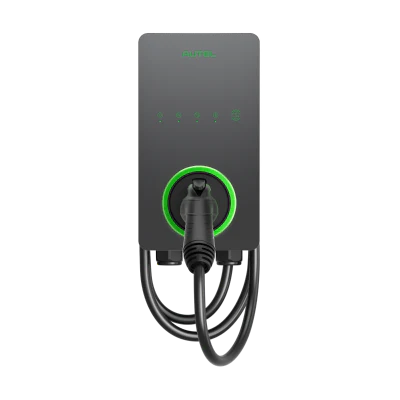
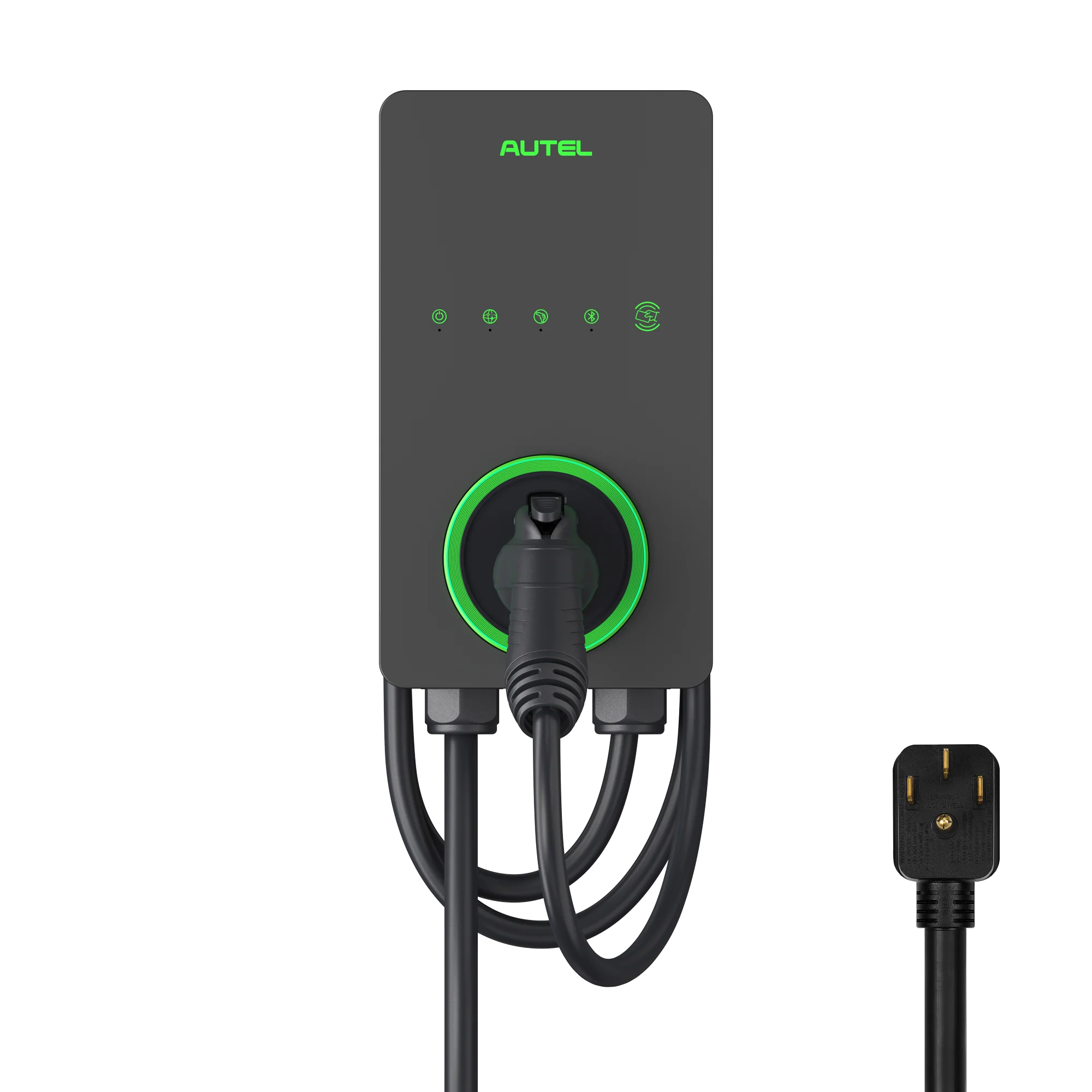
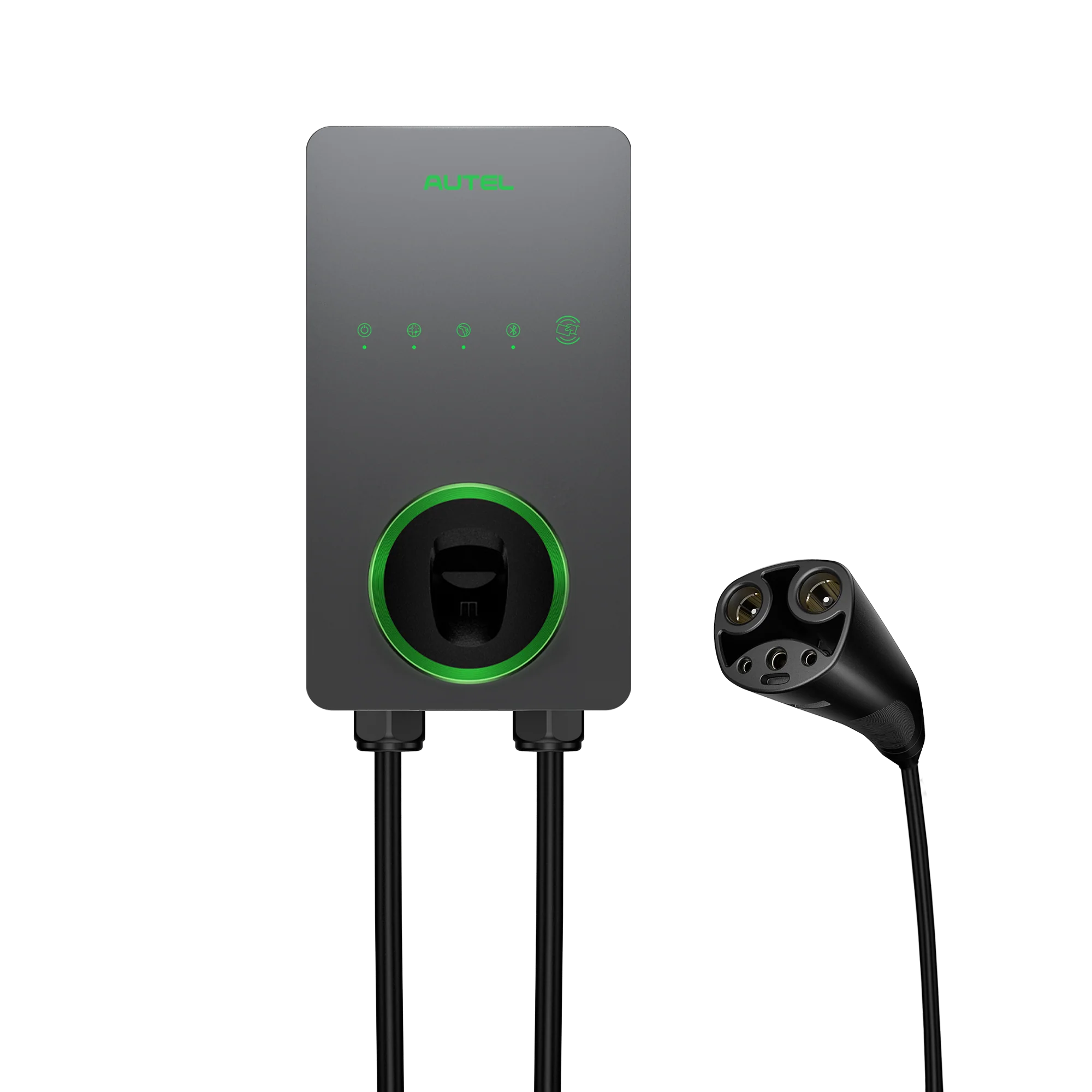
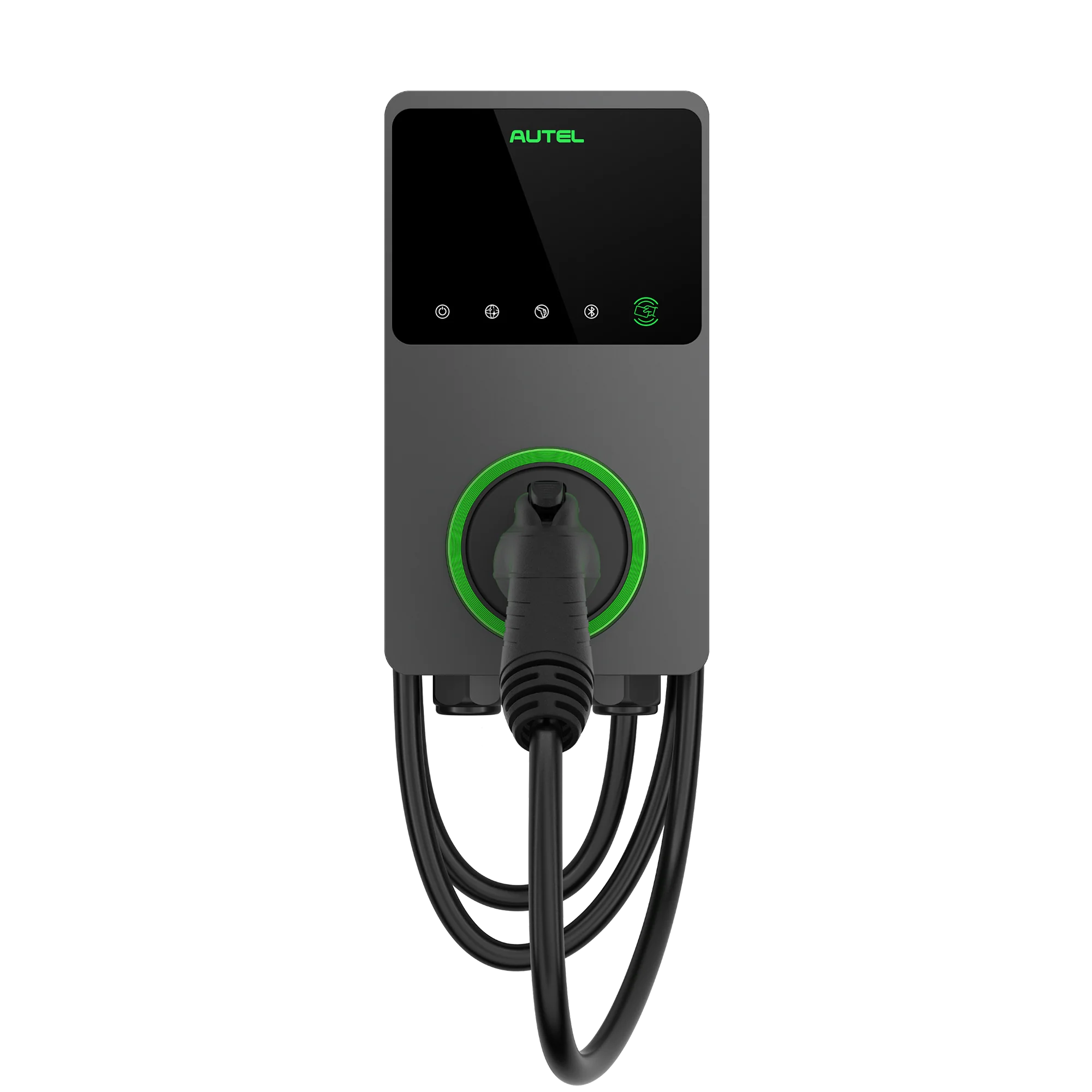
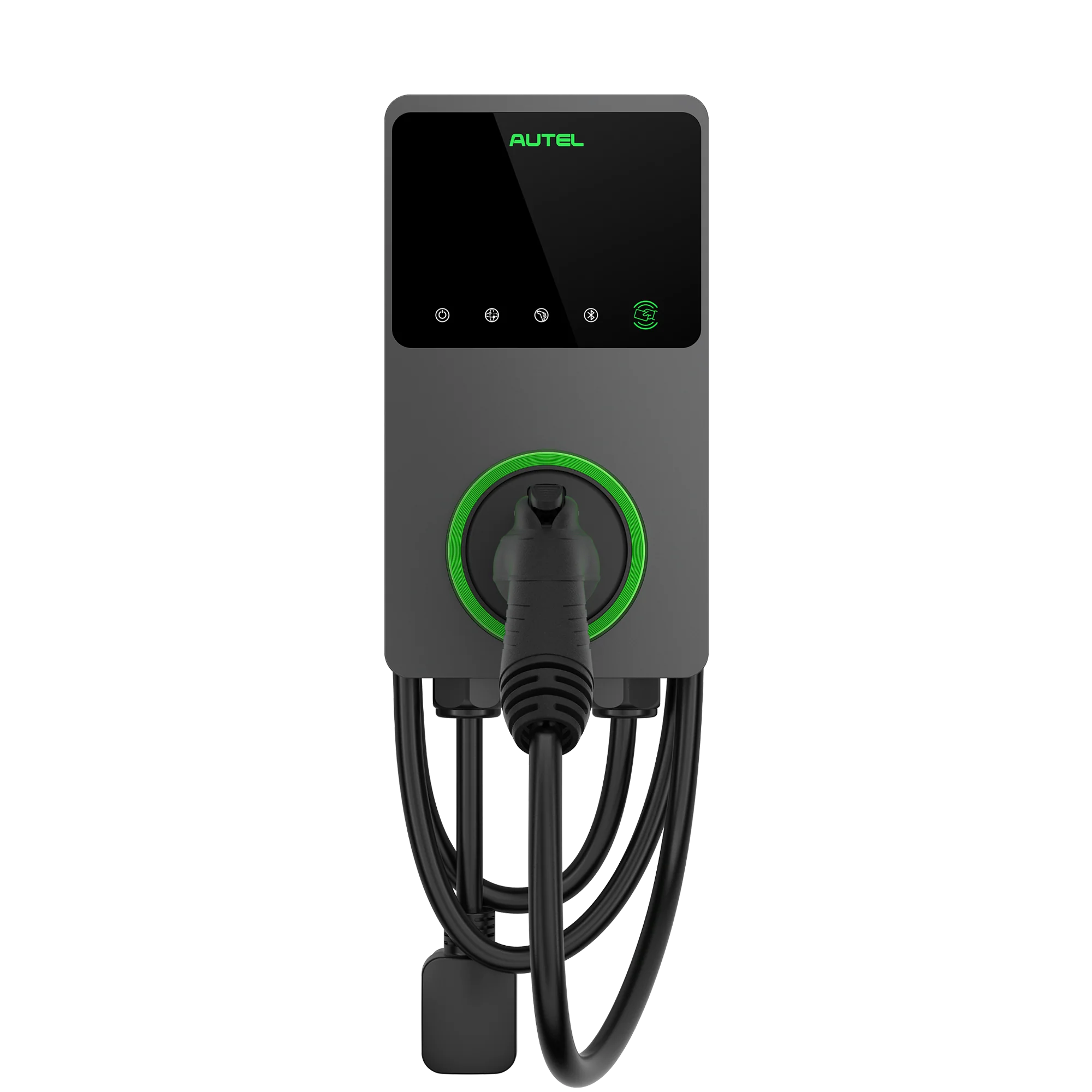

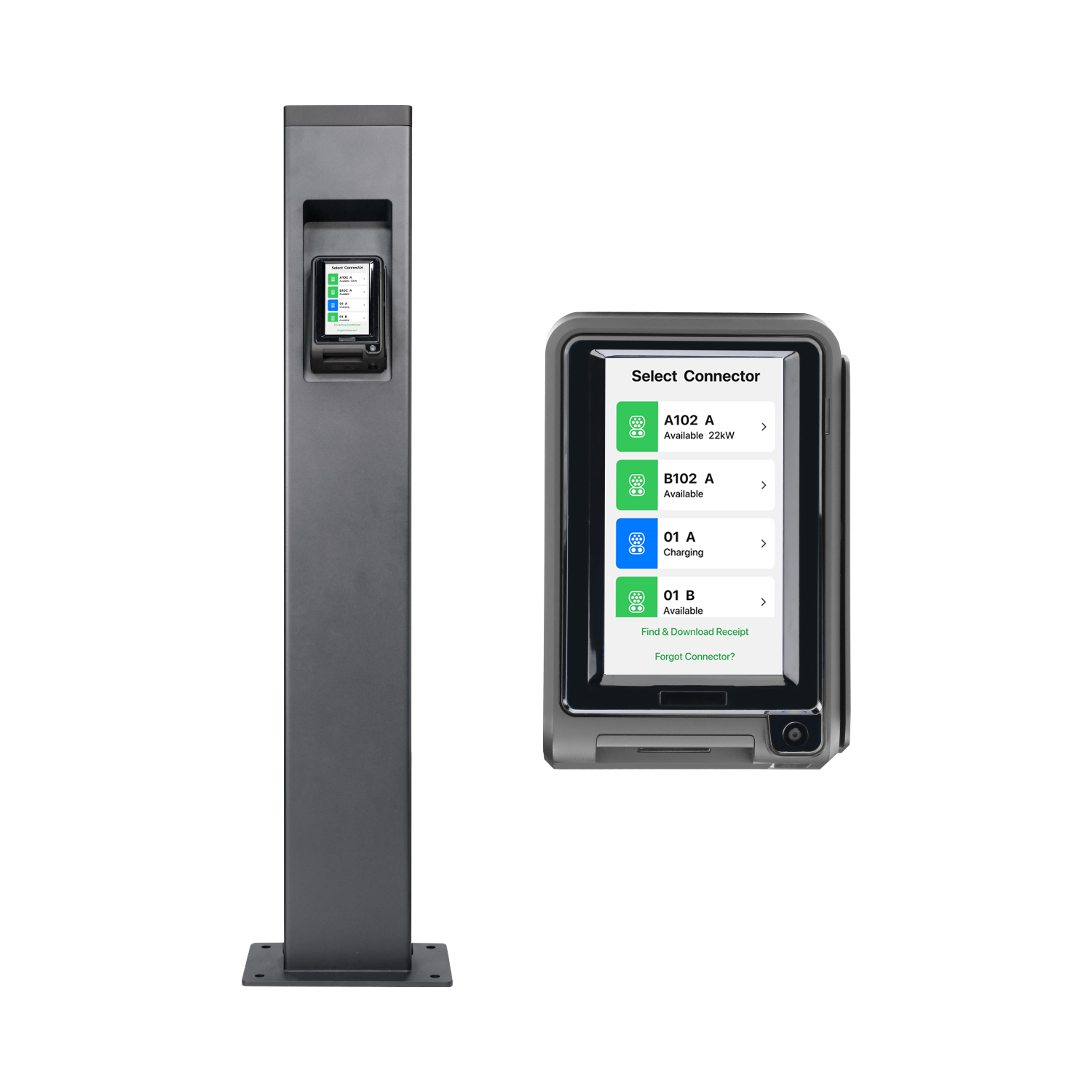

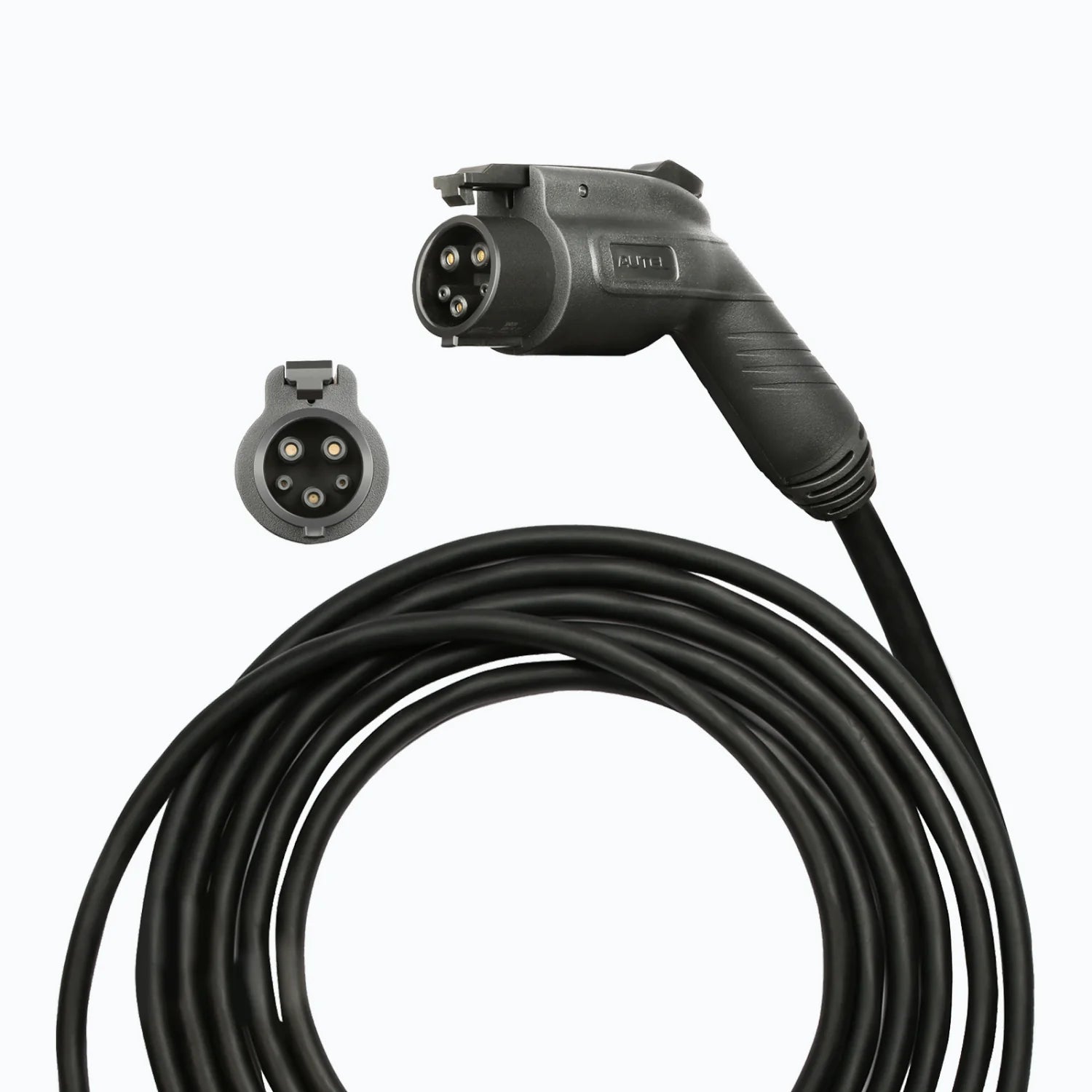
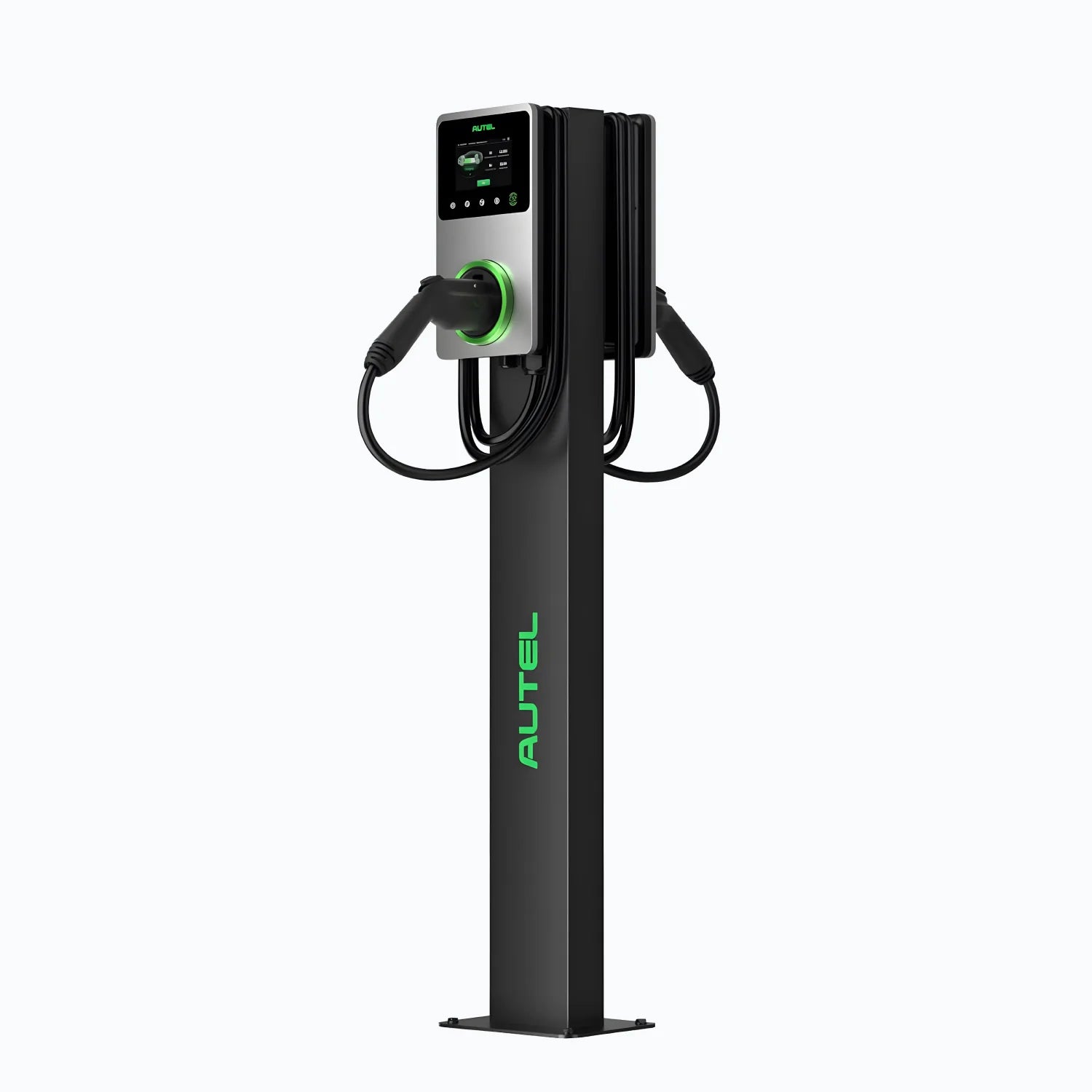
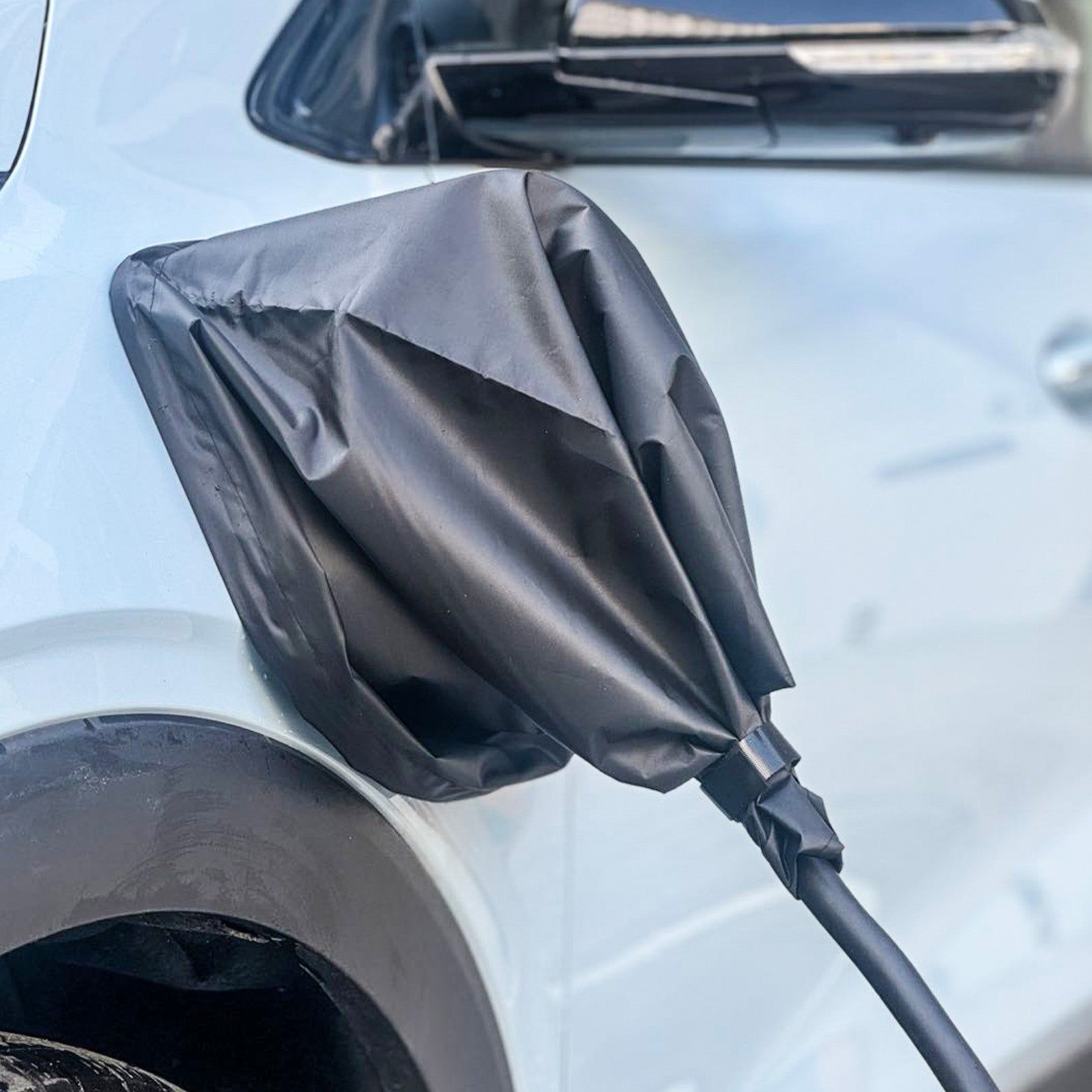
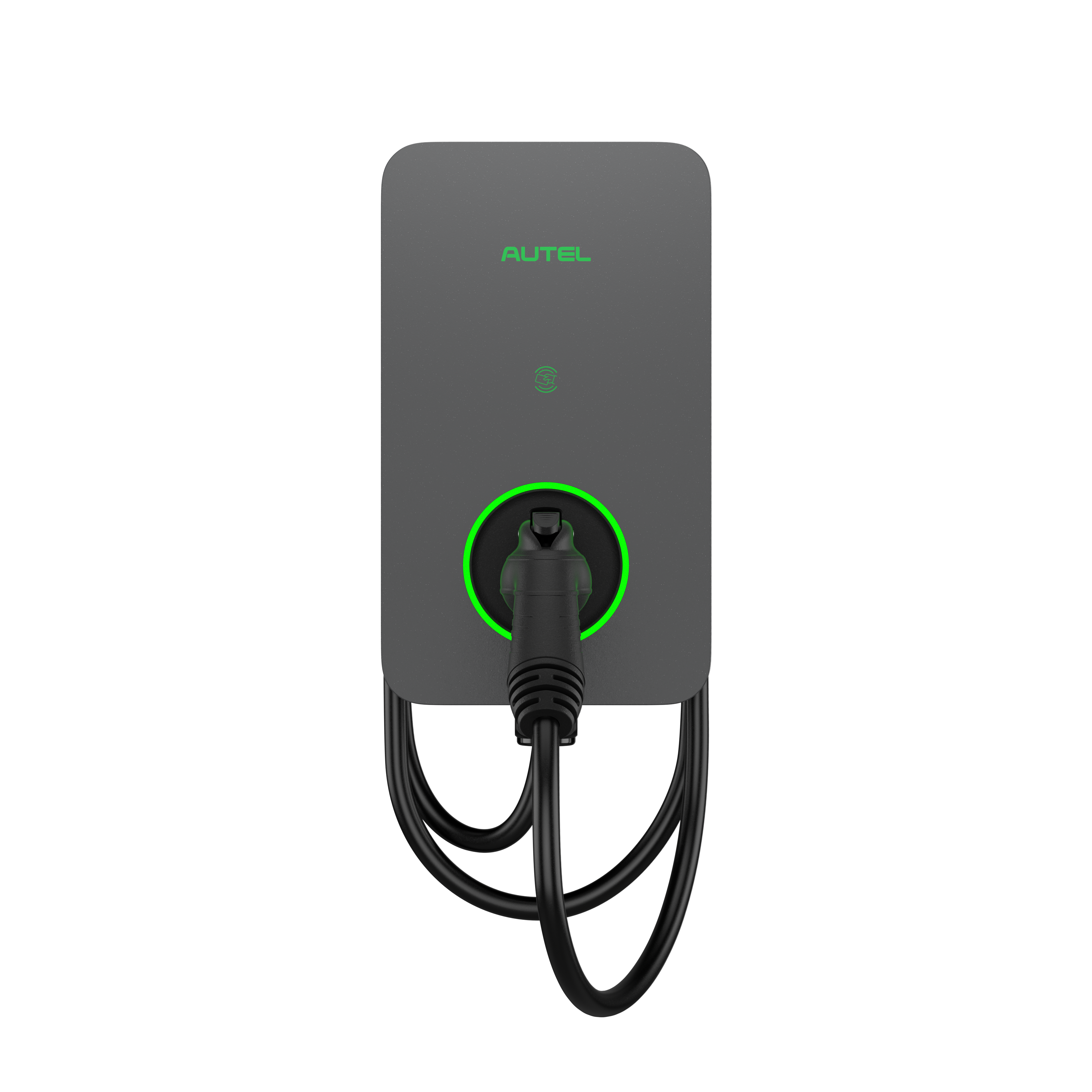
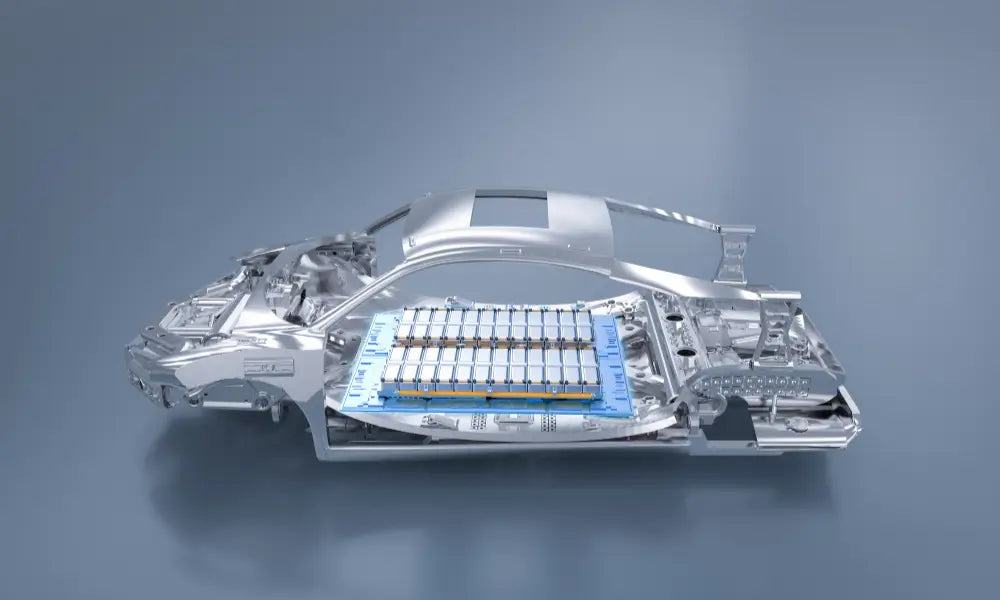

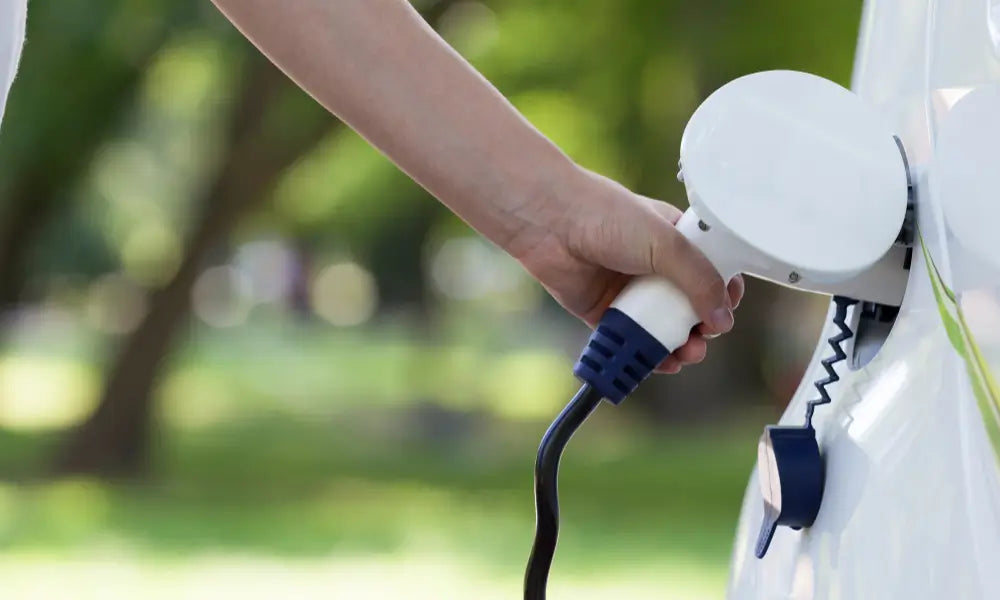
Laisser un commentaire
Tous les commentaires sont modérés avant d'être publiés.
Ce site est protégé par hCaptcha, et la Politique de confidentialité et les Conditions de service de hCaptcha s’appliquent.